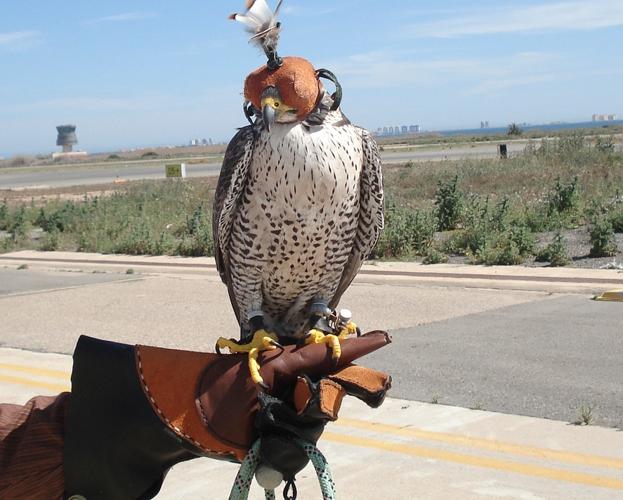A plane bound for London had to abort its takeoff at San Javier airport yesterday afternoon after problems with the starboard engine which occurred as a result of seagulls being sucked into one of the turbines.
There were no injuries to any of the crew and the 120 passengers on board did not suffer any injuries and the aircraft did not make the flight.
The incident occurred at around 5:00 pm, when easyJet flight EZY8552 was taxiing for take off with 120 passengers on board. Sources of the Aena press office said that the aircraft moved onto the runway but did not take off. The pilot aborted the manoeuvre when an engine caught fire so he promptly turned round and returned to the aircraft pan.
Most of the passengers were British tourists returning to the UK after their holidays. The aircraft will now remain at San Javier until it is repaired.
The airline easyJet confirmed the actions of the pilot to abort the manoeuvre, which he attributed to a bird that was sucked into the engine with the plane on the runway.
“This procedure is completely standard in these situations and our crew is trained for this type of situation,” said a spokesman. “The safety of our passengers and the crew is our top priority,” he said.
The travellers “all disembarked in an orderly fashion and returned to the terminal building”, and easyJet scheduled a flight on another aircraft which eventually got away at 21.45 hrs.
He added that passengers were informed of the situation at all times and that food vouchers were provided at the airport terminal. “The company apologised for any inconvenience that the delay may have caused,” he said.
An incoming flight from London was diverted to Alicante while the main runway was cleaned up of the engine debris caused as a result of the aborted flight.

In order to keep the seagulls away from the airport vicinity the Wildlife Management Service at San Javier regularly uses 12 hawks which patrol in the vicinity of the airport runway from dawn to dusk, where they ‘sweep’ the air space for the presence of other birds that may hinder aircraft takeoffs and landings.
The birds had been operating earlier in the afternoon but are thought not to have been in use when the easyjet incident occurred.
According to Aena sources, “falconry is a very effective system and operates at almost all airports, but like everything else, it is not 100% infallible and these incidents can occur from time to time.” In fact, the manager of the Spanish network of 46 airports and two heliports considers the use of hawks as the most effective system to scare birds away from the vicinity of the runways allocating 3.5 million euro every year to their falconry service.





